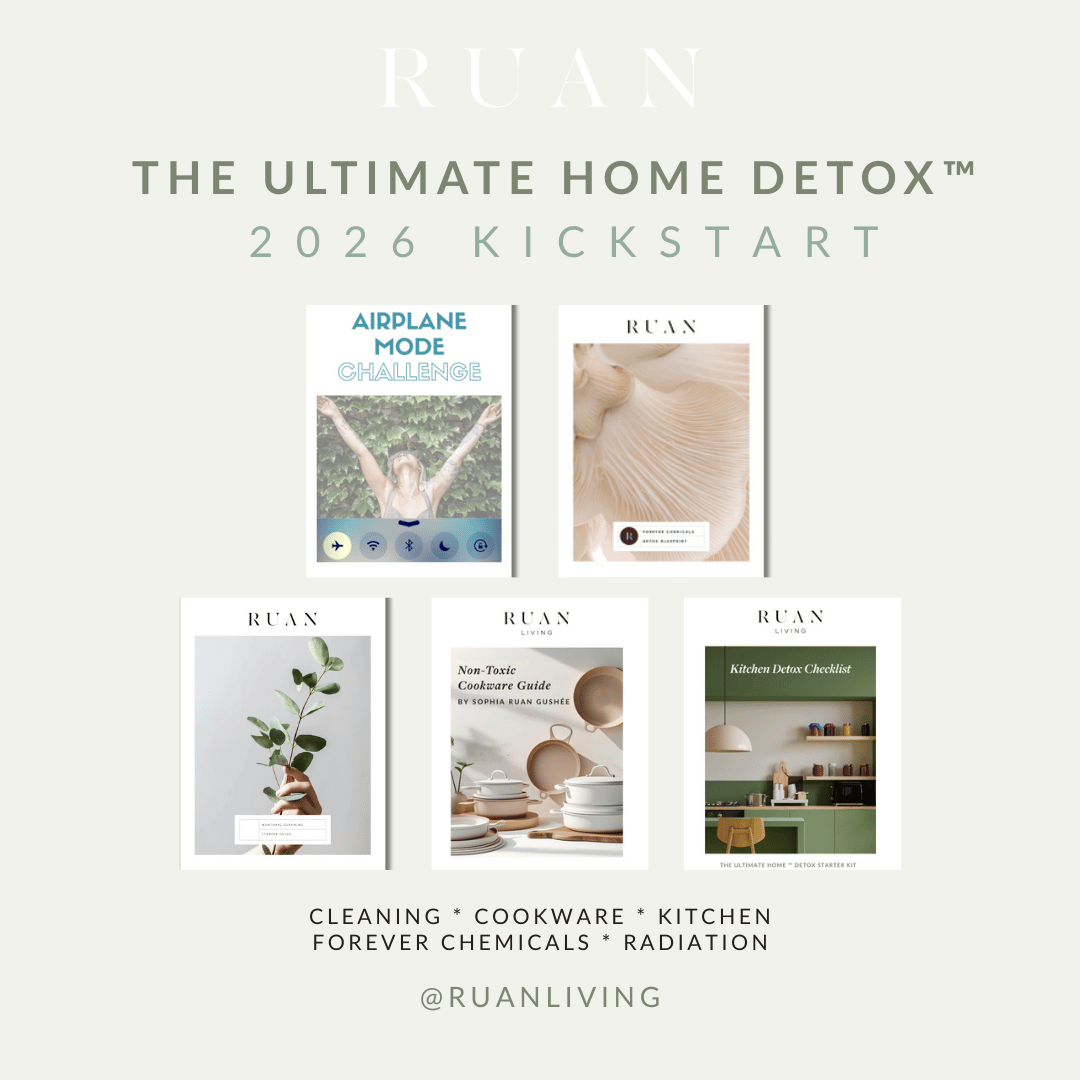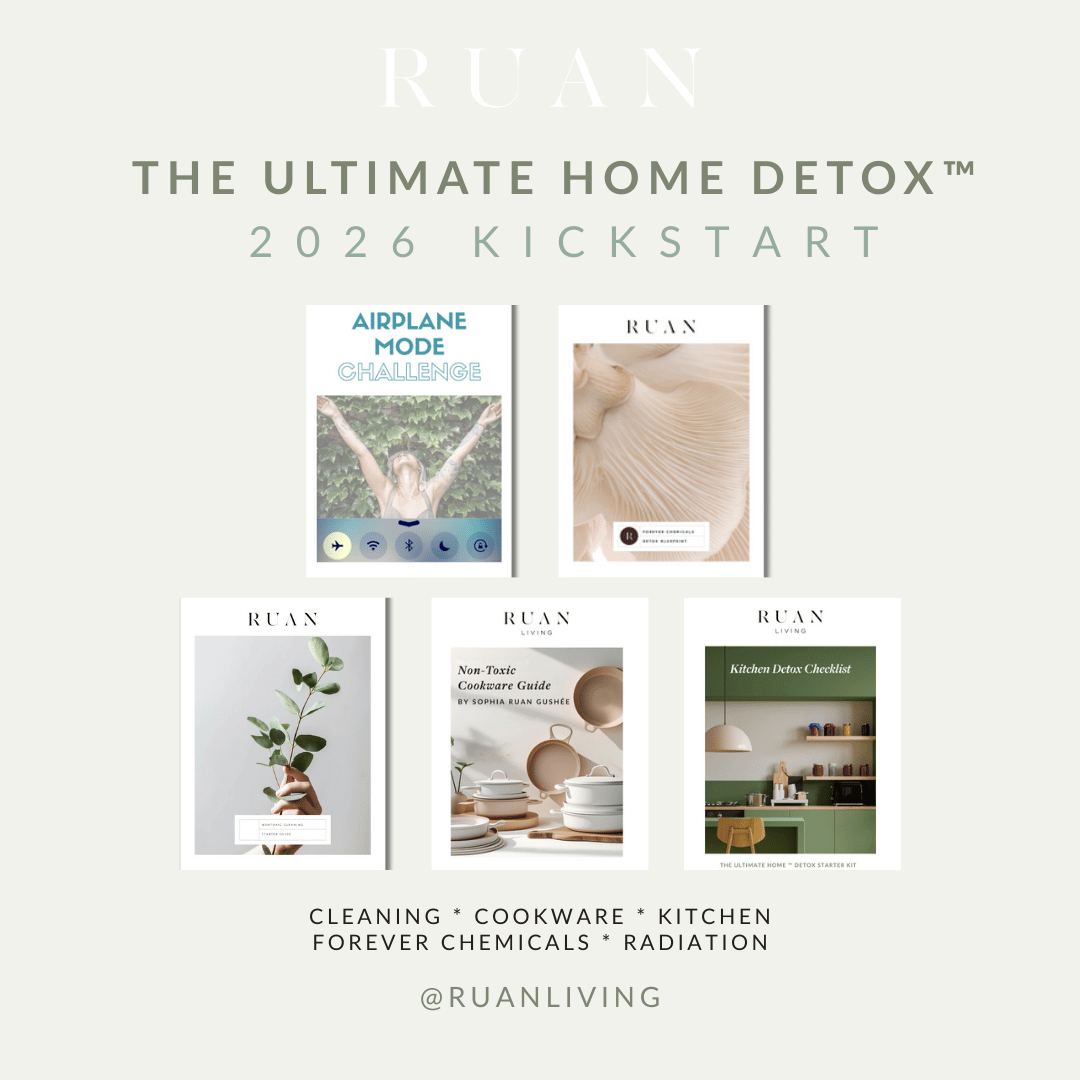
Formaldehyde in Furniture
Mar 12, 2018by Angela Cummings and Sophia Ruan Gushée
When buying furniture the first consideration is usually about the look and feel of the furniture. Not about how it may be affecting health.
Furniture and other home furnishings often contain formaldehyde. In this article you will find:
- What is formaldehyde?
- Household items containing formaldehyde.
- Short-term effects of formaldehyde exposure.
- Can formaldehyde cause cancer?
- How to avoid formaldehyde exposure at home.
- Find more information about formaldehyde.
What is formaldehyde?
Formaldehyde is a colorless flammable gas. (1) It off-gases at room temperature and falls into a category of chemicals called Volatile Organic Compounds (VOCs).
Formaldehyde can be inhaled and absorbed through the skin.
Household items containing formaldehyde.
Commonly found in flooring, carpets, glues, adhesives, furniture, cleaners, paints, finishes, insulation, composite wood products (plywood, particleboard, fiberboard), cabinets, drapes, textiles, furniture, and so many more products, formaldehyde is used as a preservative, fungicide, germicide, and disinfectant. (2)
Formaldehyde in furniture side effects can be short- and long-term.
Short-term effects of formaldehyde exposure.
Formaldehyde can cause short-term health effects—such as irritation of the eyes, nose, and throat, coughing, headaches, dizziness, nausea (3), and nosebleeds. (4)
Can formaldehyde cause cancer?
Formaldehyde is considered a “known” or “probable” human carcinogen by the following organizations (5):
- National Toxicology Program (comprised of the National Institutes of Health, the Centers for Disease Control and Prevention, and the Food and Drug Administration)
- International Agency for Research on Cancer, which is part of the World Health Organization
- Environmental Protection Agency
- National Cancer Institute
How to avoid formaldehyde exposure at home.
Choose formaldehyde-free products—such as ceramic tile or solid hardwood flooring, paints, and finishes that are zero- or low-VOC, solid wood furniture, formaldehyde-free or solid hardwood cabinets, all-natural cleaners, and drapes without “permanent press”, “easy care” or other specialty finishes.
Ask manufacturers or retailers for products labeled as “formaldehyde-free.”
If you choose to purchase products that contain formaldehyde, even in small amounts, ventilate the area where the item is located. Lowering the temperature and humidity level in the home could reduce the off-gassing of formaldehyde; however, it will not prevent it.
Find more information about formaldehyde.
U.S. Environmental Protection Agency (EPA)
Attention: Formaldehyde
Mail Code: 7404T
1200 Pennsylvania Ave., N.W.
Washington, DC 20460
https://www.epa.gov/
National Institute of Environmental Health Sciences
111 T.W. Alexander Drive
Durham, N.C. 27709
https://www.niehs.nih.gov
U.S. Department of Health and Human Services
Agency for Toxic Substances and Disease Registry
4770 Buford Hwy NE
Atlanta, GA 30341 USA
800-CDC-INFO (800-232-4636), TTY: 888-232-6348
https://www.atsdr.cdc.gov/
When choosing furniture, drapery, flooring, or other home furnishing and building materials, consider the look, feel, and how it may be affecting health. Given the short- and long-term health effects of formaldehyde, opt for products that are formaldehyde-free. In times where formaldehyde-free is not an option, be sure to ventilate the area and keep temperatures and humidity low.
References
(1) U.S. EPA
(2) Cancer.gov
(4) Center for Disease Control
(5) Cancer.org


